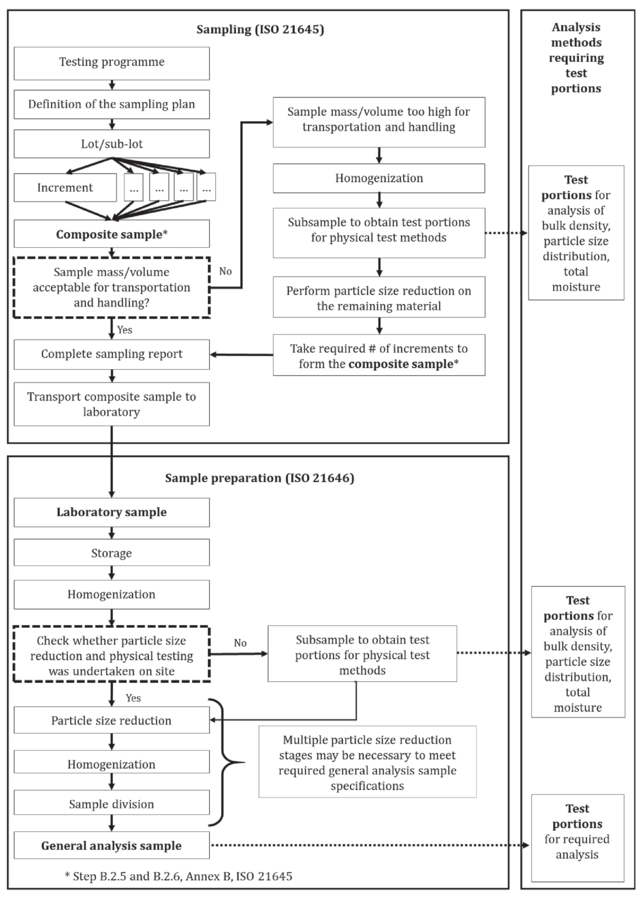
Note that the sample size is very important here. Then we can refrase the question and ask: Which is the probability to fail to get, in n trials, X% or less faces from a coin that in fact delivers 45% of faces? This is the betta risk, and it will be different if, instead of using 45%, we used for example 49%. Ok, you don’t care if it is 49.99% instead of 50%, so let’s ask: Which difference would be big enough to concern? Let’s say that if the coin delivers more than 45% of faces you don’t care about that being too few faces. You may fail to detect the difference, but I doubt that there is a single coin in the world that delivers EXACTLY 50% of faces. Which is the risk of that? I would say it is 100%. Also of course, there is arisk that you get more than X% of faces and then you don’t reject Ho, but really the coin delivers less than 50% of the faces, so Ha was true and Ho not. Typically, you first choose that risk and then use a proper X% to get it. Of course, there is a risk that the coin was fair but you got X% or less just by chance. If you want to test if the coin delivers a face 50% of the times (Ho), with the alternative being that it delivers in fact less than that (Ha), you can make a test that would be to throw the coin n times and accept Ha (and then rejec Ho) only if you get an X% (somewhere between 0 and 50%) or less of faces. In an hypothesis, the alfa risk is the probabilty to reject Ho when it was true, and the betta risk is the probability to fail to reject Ho when Ha was true, but in this case you must say how far is the parameter from what was supposed in Ho.įor example, you suspect that a coin is not fair because ir delivers few faces, but you want to be sure before “condemning” it. So what does it mean that the consumer risk is 10%? Not QL=AQL, because the probability to accept such a batch is 90 to 95%.įor the same AQL you have different sampling plans (different letters), and as the sample size increases the probability to reject a batch with QL=AQL remains 5 to 10%, while the probability to accept a batch with a given QL>AQL is reduced. Now, when you say “the consumer risk is 10%” it means that the probability to accept a batch is 10%. So, when you say “producer risk is between 5 and 10%” I understand that the probability to reject a lot with a QL = AQL is 5 to 10%. Note: Zero-based acceptance sampling gives a higher sample size than the AQL Table, but may require fewer samples than AQL sampling.The curves you mention gives, for each sampling plan, the probability to accept (or reject = 100% – P(accept)) a batch if function of the quality level (QL) of the batch. The template will then look up the Sample Size (13), using the AQL level, based on: MIL-STD-1916. Step 2 - Set the AQL Level (typically 1, but can vary ) by clicking on the pull-down menu in B4. Step 1 - Select the lot or batch size by clicking on the pull-down menu in B3. It's a different table than standard AQL Single Sampling table, which might tell you, in some cases, to accept on 2 and reject on 3 defects. Zero-Based Acceptance Sampling requires that you accept on zero reject on 1. AQL Sampling Calculator - Zero-Defect Sampling Our reference for the AQL Acceptance Table (Single Sampling) is: MIL-STD-105E. This means take five samples and if one is defective, reject the lot otherwise accept the lot.

Iso 2500 sampling plan code#
The lot size and inspection level give the letter code "C" which gives a sample size of 5 and accept/reject of 0/1. The template will look up the Sample Size (5) and accept/reject levels (0/1) from the AQL Table.

NOTE: ALWAYS use the click-able, drop-down menus when entering your Lot, AQL, and Inspection Level. Step 3 - Set the Inspection Level (typically II) in cell B5. Step 2 - Set the AQL Level (typically 1, but can vary ) by clicking on cell B4 and then the pull-down menu. Step 1 - Select the lot or batch size by clicking on cell B3 and then the pull-down menu. Just click on each cell in column B to access the menus. QI Macros calculator has drop down menus for each variable.
Iso 2500 sampling plan free#


 0 kommentar(er)
0 kommentar(er)
